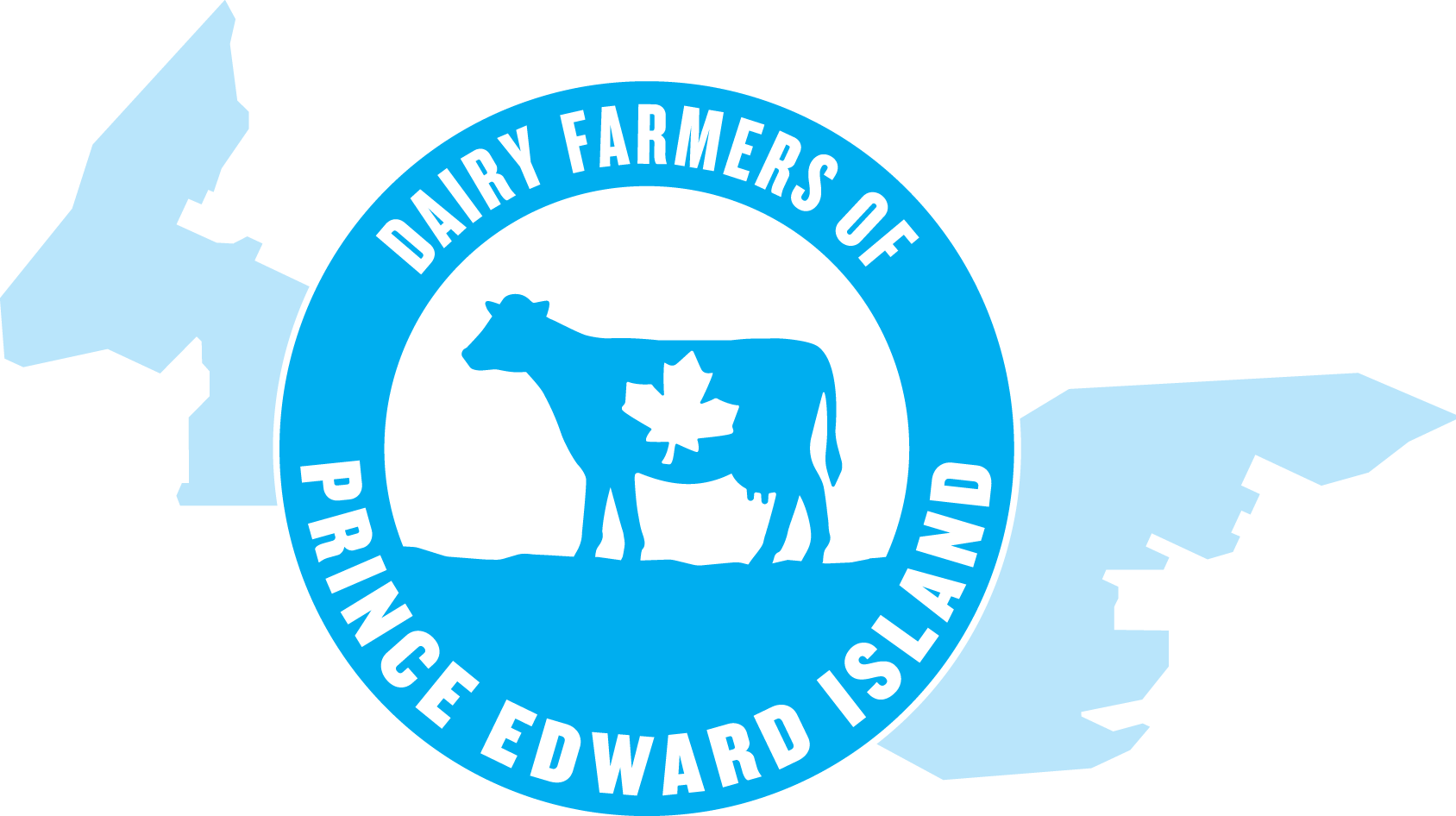Source: Jersey Canada
CANADIAN JERSEY HISTORY
Jerseys first came to Canada in 1868 to the province of Quebec. The American Jersey Cattle Club provided registry services to Jersey owners and breeders in Canada until the Canadian Association (established in 1901) began its own herd book in 1905. The breed has known periods of growth, expansion and retreat over the past century. Markets for All-Jersey milk were created and caused a great burst of interest in the breed in the late 1950's and early 1960's. When pooling of milk was introduced in the 1960's the breed went through a period of decline in activity with the loss of specialized markets for milk. Many dedicated Jersey owners maintained their interest in the breed and kept profitable animals during this 'low time' for the breed. In the 1980's a push for greater productivity began and the fortunes of the breed turned around. Higher production coupled with the introduction Multiple Component Pricing has led to an ever-increasing level of demand for Jerseys. Over the past two decades scores of records for high production and sale ring prices have been set and re-set with regularity.
Jerseys from Canada have always been in strong demand. The breed is versatile and responsive and thus is well able to keep up with changing times and requirements. In recent years, there has been a renewed domestic market for Jerseys, due partially to changes in milk pricing across Canada to favour production of butterfat, along with the many other production efficiencies that the breed possesses.
Jersey Canada has seen a dramatic increase in the number of new members of the association, with substantial increases in the percentage of Canadian dairy herds having at least some Jerseys. Membership is at the highest levels since the late 1960's, and registration numbers are also trending upward. This is no doubt due in part to a sizeable increase in the number of Jerseys in embryo collection and transfer programs.
Jerseys from Canada have always been in strong demand. The breed is versatile and responsive and thus is well able to keep up with changing times and requirements. In recent years, there has been a renewed domestic market for Jerseys, due partially to changes in milk pricing across Canada to favour production of butterfat, along with the many other production efficiencies that the breed possesses.
Jersey Canada has seen a dramatic increase in the number of new members of the association, with substantial increases in the percentage of Canadian dairy herds having at least some Jerseys. Membership is at the highest levels since the late 1960's, and registration numbers are also trending upward. This is no doubt due in part to a sizeable increase in the number of Jerseys in embryo collection and transfer programs.




